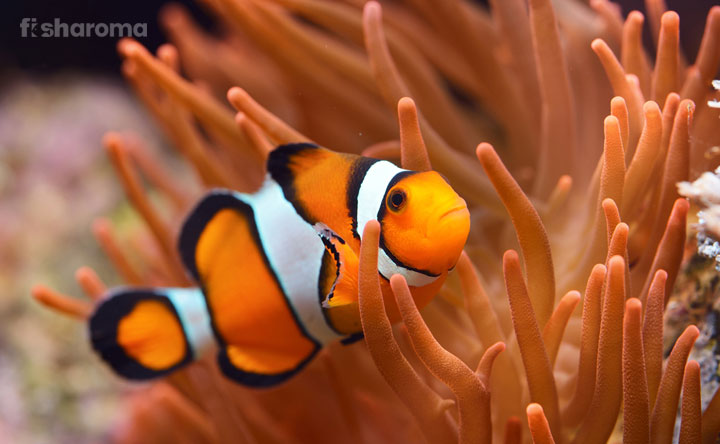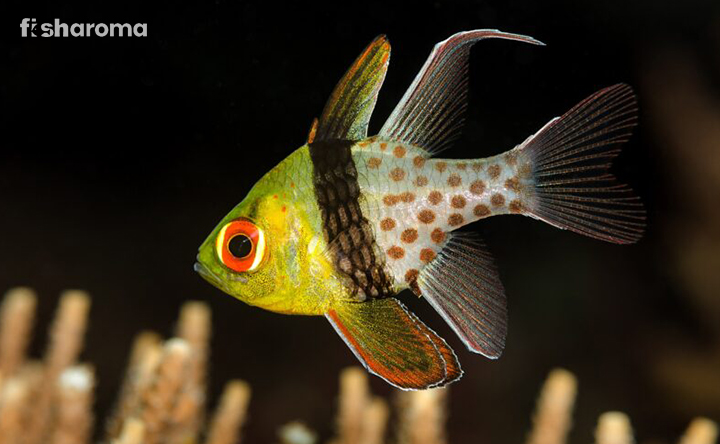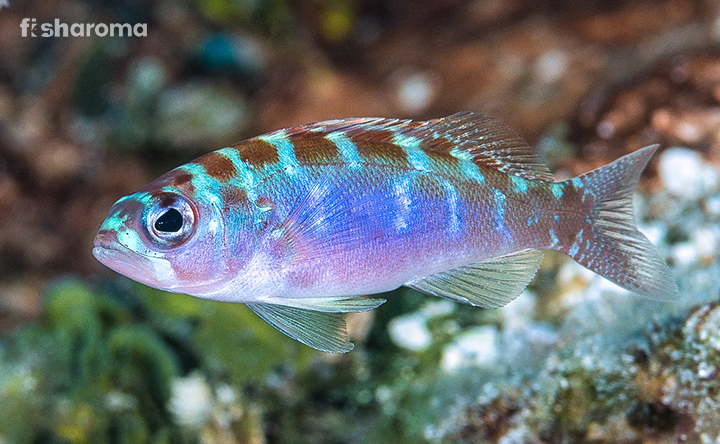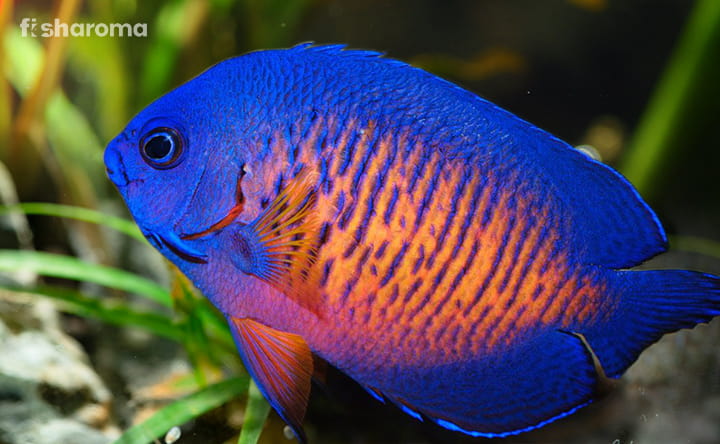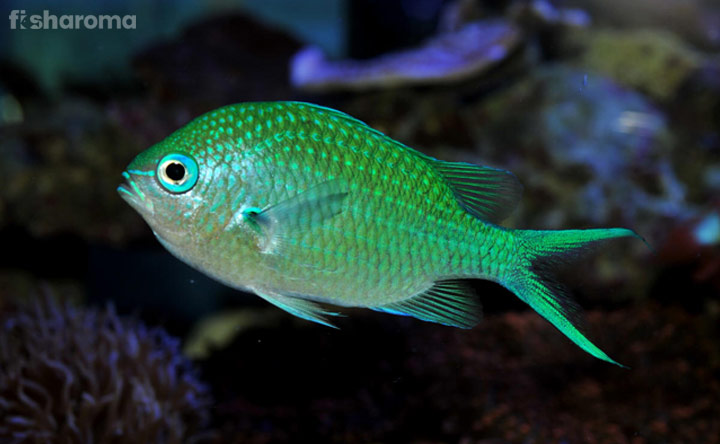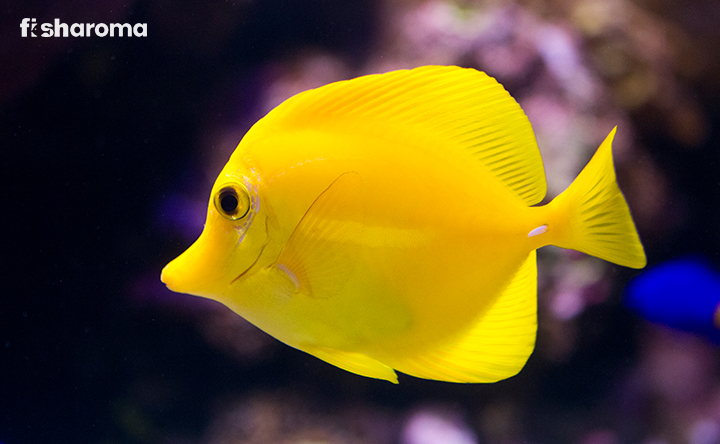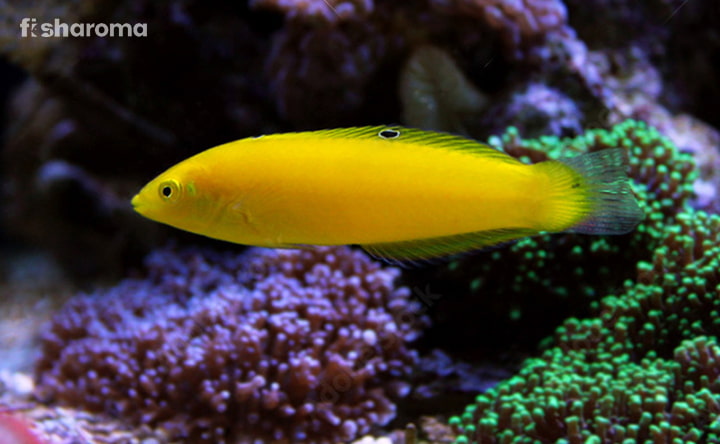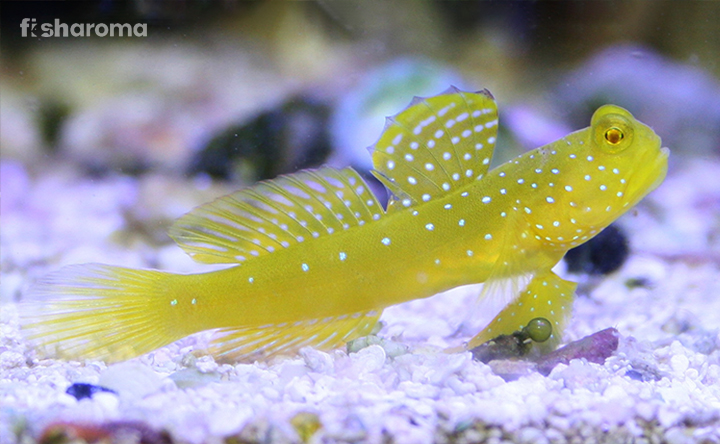How to Set Up a Saltwater Aquarium (Complete Set-Up Guide)

- Checklist of the Items for Setting a Saltwater Aquarium
- Complete Guide to Set a Saltwater Aquarium
- Types of Saltwater Aquariums
- Popular Saltwater Fish for Your Fish Tank
- Saltwater Invertebrates for your Marine Tank
- Popular Saltwater Plants for Your Aquarium
- How to Clean a Saltwater Tank?
- Myths on Building a Saltwater Aquarium
We have learnt about setting a freshwater tank by following various steps but do you know how to set up a saltwater aquarium? If you are a novice aquarist, then it may need time and appropriate guidance to set a fish tank. Setting an aquarium is not a daunting task. You just need to follow some necessary steps to set a marine tank. A saltwater tank contains marine inhabitants and plants, so tropical herbs and species are not kept in the aquarium.
Most of the aquarists are tempted by the colorful ambiance of a marine aquarium but while ornamenting the marine tank, you need to arrange corals, oysters, reefs and live rocks or gravels of marine water. Therefore, the cost of a marine aquarium is more than the cost of a tropical fish tank.
Checklist of the Items for Setting a Saltwater Aquarium
The following items are listed for setting a saltwater aquarium. These components are necessary to set a marine fish tank.
- Sea Salt Mix
- Powerhead
- Substrate
- Live Rock
- Lighting
- Skimmers
- Filters
- Air Pump
- Heater
Complete Guide to Set a Saltwater Aquarium
If your mind is tingling with a question that how to set up a saltwater aquarium, then don’t worry it is not a tough task. Just a few simple steps will help you set up a marine tank.
1. Decide the Position and Size of the Tank
The primary thing is to decide the position of the tank. Before buying an aquarium, it is necessary to decide the position of the tank; whether you are keeping the aquarium in your hall room or in your living room. After that decide what fish tank size should be chosen for your home. If you have less space, then choose a nano tank and you can purchase a medium-sized or large fish tank if you have much space in your home.
2. Prepare the Aquarium
After buying a tank if you are thinking, how to set up a saltwater aquarium, then purchase some essential elements for creating a marine aquarium. At first, use a wet cloth to clean the walls of the tank, then clean the other equipment with the same cloth. Use a cotton cloth, so that the walls of the aquarium do not get scratched. Now, position it before filling it up.
3. Add Substrate at the Bottom of the Tank
Before putting other decorations and equipment, set sandy substrate at the bottom of the tank. You can also keep crushed corals and fine lime rocks at the bottom of the aquarium. You may require a 50-100lb sand substrate in a 50-gallon tank.
4. Add Water in the Tank
Once the substrate is set, add water in the aquarium. The water must go through the reverse osmosis process to maintain its quality. You need to add a sea salt mix in the water. This salt is easily available in pet stores. Along with that add some de-chlorinator in the water.
5. Install Necessary Equipment in the Tank
A filter is the most necessary equipment for a saltwater tank which helps in flushing out the waste elements, so a canister filter is required. Also, add a heater to maintain the temperature of the water. You should also add other components such as lights, air pumps, UV sterilizers, protein skimmers or automatic fish feeders in the aquarium. Keep a heater on the side of the tank and place a thermometer on its opposite side which will help you check the temperature of the water.
6. Add Decorations in the Aquarium
To bring a marine look in your saltwater aquarium, add some decorations such as corals, oysters, reef works, driftwood, lime rocks, and small caves. This will provide an oceanic look in your aquarium.
7. Cycle the Water of the Tank
After the set-up of the tank, you should cycle it to build up the bacterial cultures that will help in biological filtration. This process will convert ammonia into nitrites and the other culture can convert the nitrites into nitrates. Both nitrite and ammonia are toxic to the health of your pet fish, so water replacement is necessary. You can keep live rock which will help purify the water of the tank because it has the ability to kill bacteria in water. After the set up of the tank, change 10% of the water every week or 20% of the water every month.
8. Add Fish and Other Aquatic Species in the Tank
Finally, you can add live plants, fish and other aquatic species in the aquarium. Never add too many fish in a tank because overcrowding may negatively affect the health of the fish. There are a few factors that you need to follow for acclimatizing the fish in the water of the tank:
- Turn off the aquarium light while adding the fish.
- Keep the plastic bag on the surface of the water for 15 minutes to match the water with the temperature of the tank.
- Now open the bag and roll down on the surface of the water.
- Start adding half a cup of water every 4-5 minutes until the bag is full again.
- Finally, use a net to transfer the fish in the water.
Monitor your pet fish over the next 24 hours to see whether it is healthy or not. Feed them in time and maintain the water condition of the tank.
Types of Saltwater Aquariums
We have acquired an idea of how to set up a saltwater aquarium, now let us discuss the saltwater tanks. There are different types of saltwater tanks as follows:
1. Fish Only
Keeping fish is the primary reason that fishkeepers purchase an aquarium. You can set up an aquarium just for fish only. In that tank, you will not require to keep corals, oysters, and other non-fish pets. You need to add sea salt mixed water, small plants and gravels in this aquarium.
2. Fish Only with Live Rock (FOWLR)
Live rocks are helpful for your aquarium because they help clean the tank and to kill the bacteria of the water. The bacteria break down the nitrite and ammonia into the less toxic nitrate. These are beneficial for the health of your pet fish. Use moderate lighting for this type of tank because high light encourages the growth of algae on the rocks. In the FOWLR aquarium, you should add live rocks, water and fish. Don’t forget to add a sea-salt mix in the water of the tank.
3. Reef Tank
Coral reefs are the prime decoration to make the marine ecosystem of your aquarium attractive. Capture the oceanic beauty and bring it in your aquarium by keeping corals, oysters, live rocks, marine plants, and small gravels. This will delight the mood of your saltwater fish and other inhabitants, and provide them a nature-friendly ambiance. Maintain the lighting and water quality properly because these are the main factors to be maintained for corals in your aquarium.
Popular Saltwater Fish for Your Fish Tank
Some aquarists prefer setting saltwater aquarium; for such tanks, you need to collect some saltwater fish that are hardy, attractive and passive. If you are a novice fishkeeper, then it is better to choose popular saltwater fish for beginners. Take a look at some adorable, attractive and hardy beginner-friendly saltwater fish which are ideal for your aquarium:
- Clownfish
- Lawnmower Blenny
- Coral Beauty Angelfish
- Chalk Bass
- Firefish
- Butterflyfish
- Six Line Wrasse
- Pajama Cardinalfish
If you are an intermediate fishkeeper, then you can keep large and aggressive saltwater fish such as Royal Gramma, Yellow Tang, and Damselfish.
Saltwater Invertebrates for your Marine Tank
You can also keep some saltwater invertebrates if you want to make your hobby more fascinating. However, you need a large tank for keeping other aquatic species with your pet fish. Some of the best saltwater non-fish pets for your aquarium are:
- Crab
- Clams
- Jellyfish
- Octopus
- Feather Duster Worms
- Squid
- Lobster
- Shrimp
- Sea Cucumber
- Snail
- Sponge
- Starfish
- Sea Squirts
- Urchins
Popular Saltwater Plants for Your Aquarium
Snorkelers often see various green plants under the deep ocean, so why don’t you collect them for your saltwater aquarium to decorate it? You can bring the following beautiful saltwater plants for embellishing your tank.
- Halimeda
- Red Mangrove Propagule
- Turtle Grass Shoots
- Shaving Bush Plant
How to Clean a Saltwater Tank?
You have to maintain the cleanliness of the tank on a regular basis because without the good quality of the water, the corals and marine fish cannot survive for a long time. There are a few factors, which you need to follow while cleaning a saltwater tank:
- Scrub the green and yellow algae from the walls of the aquarium using a brush.
- Clean the substrate of the tank by using a siphon.
- Clean the debris and media of the filter thrice a week.
- Check the collection cup of the protein skimmer to see whether foods are overflowing from the tank or not.
- Make sure that the air pumps in the aquarium are free of blockage.
- Clean the bulbs and fixtures in the tank with a clean dry cotton cloth.
- Wipe down the canopy and the cabinet of the tank exterior with a damp cloth.
- Clean the glass of the tank with a dry cloth.
Myths on Building a Saltwater Aquarium
There are some wrong beliefs about setting a saltwater tank. Going through the following points may help you debunk some myths on building a marine aquarium.
1. It is Easy to Set a Freshwater Tank Instead of a Saltwater Aquarium
When confusion comes in mind between choosing saltwater vs. freshwater aquarium, people think it is easy to set a tropical tank instead of a marine tank because marine fish are sensitive than freshwater fish. No need to worry regarding such a scenario; know how to set up a saltwater aquarium in the right way. The beginner fishkeepers should start building the marine tank with fish and live rocks only. This will help the aquarists focus on the necessities of the saltwater fish.
2. It is Not Possible to Convert a Saltwater Aquarium into a Freshwater Tank
This is a wrong belief that you cannot set a marine tank into a tropical tank because a few adjustments will help you in this conversion. Firstly, you need to make the aquarium water chlorine-free; after that, you need to wipe the tank and the ornaments by changing the water. The salt in the tank must be removed. Once these steps are done, set up a freshwater tank by keeping simple decoration, aerated water and tropical fish.
3. Saltwater Aquarium Should be Bigger than the Freshwater Tank
This concept is partially true but not completely. The dissolved oxygen in marine water is 80% of freshwater. So, the same biomass cannot be supported. This is the main reason that large tanks are often used to set a saltwater aquarium. You can use a small tank for setting a saltwater aquarium but you have to keep less fish in the aquarium.
Now setting a saltwater tank is also an easy work for both the beginners and the intermediate aquarists if you follow the points that are described above.
Know about Other Necessary Factors for Setting a Fish Tank
Along with setting a fish tank, other necessary things are also important to know for a fish enthusiast who is beginning the hobby of fishkeeping. Take a look at some other factors of fishkeeping by going through these articles.
- What Fish Tank Size Should be Chosen for Your Pet Fish? – While setting an aquarium, first know the size of your fish and later choose a tank according to the size requirement of your fish. Have a look at this article to know about different tank sizes for different fish breeds.
- How to Clean a Fish Tank? – Setting a tank doesn’t require much time but a fish hobbyist always needs to take care of the cleanliness and hygiene of the tank. So, know how to clean a fish tank.
- Things Not to Put in an Aquarium – Every aquarist needs to put much care on petting fish. You must know what are the harmful things for a fish tank. Know about the things which should not be kept in a fish tank.

